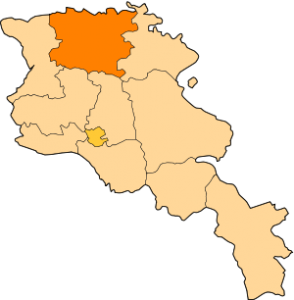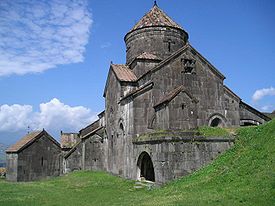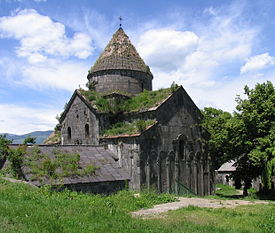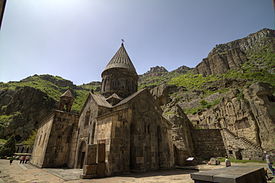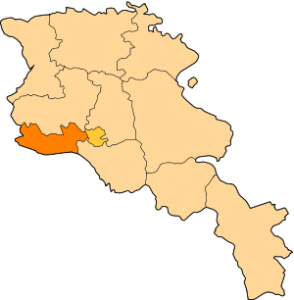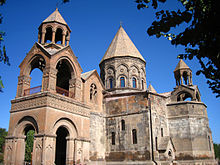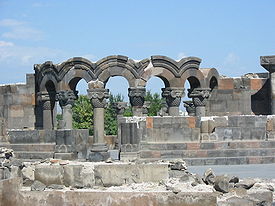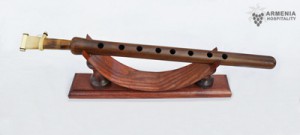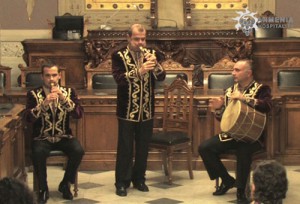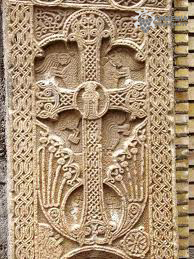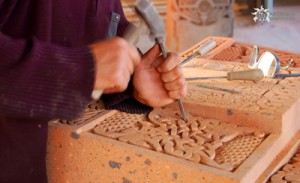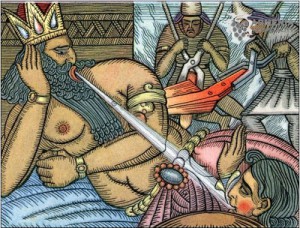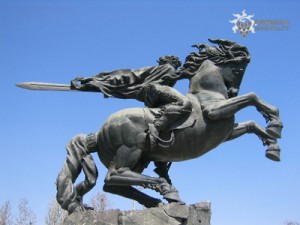
Armenian world heritages
Lori region of Armenia
Haghpat and Sanahin monasteries (in 1996 registed the World Heritage)
Haghpat monastery
Sanahin monastery
Kotayk Region of Armenia
Geghard monastery Upper Azat river Valley (in 2000 it was registered in the World Heritage)
Armavir Region of Armenia
Cathedral and Churches of Echmiatsin and the Archaeological Site of Zvartnots (in 2000 it was registered in the World Heritage)
the material is taken from http://whc.unesco.org/en/statesparties/AM/
The cultural elements of Armenia inscribed on UNESCO’s Representative List of the Intangible Cultural Heritage of Humanity include:
DUDUK AND ITS MUSIC
The duduk, the Armenian oboe, is a double-reed wind instrument characterized by a warm, soft, slightly nasal timbre. It belongs to the category of aerophones. The soft wood of the apricot tree is the ideal material for the body of the instrument. The reed, called ghamish or yegheg, is a local plant growing alongside the Arax River. The roots of Armenian duduk music go back to the times of the Armenian king Tigran the Great (95-55 BC). It accompanies popular Armenian traditional songs and dances of the various regions and is played at events, such as weddings and funerals.
ARMENIAN CROSS STONES ART< SYMBOLISM AND CRAFTSMANSHIP OF KHACHQARS
Khachkars are outdoor steles carved from stone by craftspeople in Armenia and communities in the Armenian diaspora. They act as a focal point for worship, as memorial stones and as relics facilitating communication between the secular and divine. Khachkars reach 1.5 metres in height, and have an ornamentally carved cross in the middle, resting on the symbol of a sun or wheel of eternity, accompanied by vegetative-geometric motifs, carvings of saints and animals. Khachkars are created usually using local stone and carved using chisel, die, sharp pens and hammers. The carvings are then ground using fine sand. Among more than 50,000 Khachkars in Armenia, each has its own pattern, and no two are alike. Armenian art of Khachkars is transmitted from generation to generation and continuously recreated to satisfy the artist’s creativity, constituting a distinctive symbol of the identity of Armenian communities at home and abroad.
PERFORMANC OF THE ARMENIAN EPIC OF “DAVID OF SASSOON”
The Armenian epic Daredevils of Sassoun recounts the story of David of Sassoun, a defiant and self-reliant youth, who by the grace of God defends his homeland in an unequal duel against the evil. The epic falls within the tradition of heroic folktales that dramatize and voice the deepest sentiments and aspirations of a nation.
There are an additional four sites on the Tentative List.
• The archaeological site of the city of Dvin (1995)
• The basilica and archaeological site of Yererouk (1995)
• The monastery of Noravank and the upper Amaghou Valley (1996)
• The monasteries of Tatev and Tatevi Anapat and the adjacent areas of the Vorotan Valley (1995)
the material is taken from http://armeniahospitality.com/page.php?id=39


